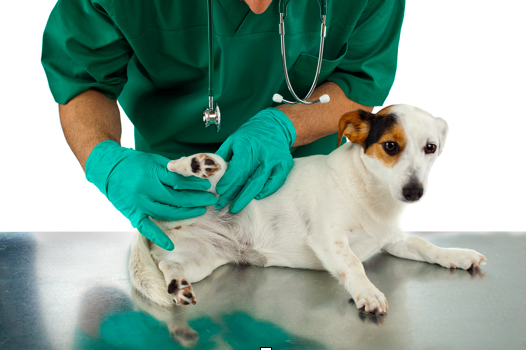For individuals wanting to spend longer outdoors with their beloved pets, the days of optimal weather conditions can be a season of delight. Sadly, it can also be a season when pets are at increased danger of skin infections. Several factors are responsible for why skin infections in pets are often prominent during the spring and summer months. During the hotter seasons, environmental pathogens are widespread, and pet owners and pets are more likely to be involved in outdoor pursuits. Moreover, skin and hair that has not been adequately dried will create an area on the skin where bacteria can grow.
Typically, skin infections are a critical issue caused by an inherent allergy or parasitic organisms. These conditions may cause irritations, and they can weaken the protective layer of the skin further when the pet scratches, which is what appears to contribute more to the infection. You can find lots of tips online on PetSafe, the official website that guides about solutions regarding pet handling and health concerns. Certain species are genetically more resistant to skin infections, such as French bulldogs and West Highland white terriers.
The symptoms
They are not often noticeable to owners, but the appearance of red marks on the cat or dog’s skin is one common symptom. These spots appear like a white-headed patch of pimples. They can be tough to locate under the pet’s fur, but in places where the coat is thin, such as the abdomen or legs, they can find.
The most noticeable symptoms of an ear infection are dampness and stench, so a pungent odor may also follow the appearance of wet, raw skin areas.
You should check your pet’s ears if you presume an allergy, as dogs frequently suffer from ear infections as part of a more prevalent or implicit skin condition that needs to be addressed.

The prevention
Owners should take easy measures to help support their pet’s skin and strengthen its capacity to work as a shield against infection.
· Moisturizing shampoos may be used to help maintain the skin’s barrier protection oils in pets with a thick coat or a genetic predisposition to infection. They mustn’t contain irritants that worsen skin problems.
· Conditioners are also applicable that aid recovery and safeguard the skin. As preventive steps to minimize the risk of infection, these shampoos and conditioners should be used frequently as are wipes for paws.
· an effective way to encourage friendly skin health is to feed omega-three and omega-six fatty acids to your pet. These are best to complement their daily meals in a liquid state.
· frequently cleaning your pets’ litter boxes
· Maintain firmly closed waste bins.
· do not encourage pets to drink from communal bowls of water.
· Contrary to common opinion, the control of fleas and ticks is not an annual matter. Even in winters, pets can still be plagued by fleas and ticks. Ticks nest in the woods in the winter and will come out as soon as the temperature rises around the trees’ bases. In higher trees, shrubs, and vegetation, fleas and ticks often lay their eggs. By keeping your yard clipped and clear of weeds and waste, cutout their potential habitat.
· After they are outside, examine your pet from top to bottom and immediately remove any bugs if found. Frequently, bathe and groom your pet.
· As it can be a breeding ground for germs, fungus, and ticks, be sure to wash your pet’s rugs and beddings weekly in warm water.
· Isolate the pet with skin disease from other pets to avoid spreading disease and give the one suffering from proper infection care and get him/her checked by a vet.
· Prevention is often superior, as with most health problems, to treating a flea infestation or tick stroke symptoms. Luckily, several items offer year-round protection for pets. Consult your nearest vet for such options.
· It sounds a little impractical, but preventing the disease from spreading, handwashing, and sanitizing them is critical. So touch your pets with clean hands. It is more critical when you have multiple pets, and maybe anyone of them is suffering from some skin infection, and you can act as a potential carrier of infection.
· If in doubt, visit a vet, who will be able to examine the skin, diagnose the problem, and offer an effective treatment plan.
Love our content? Share it with a friend or link it to social media. Like short clips of cute household pets? Training tips? Follow us on instagram @nydognanny or on YouTube at nydognanny. Have some news you needs to get to dog and cat parents stat? Email info@newyorkdognanny.com with your article pitch.




